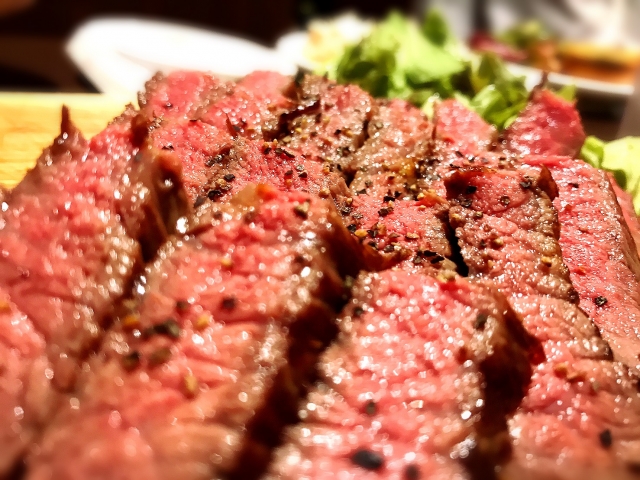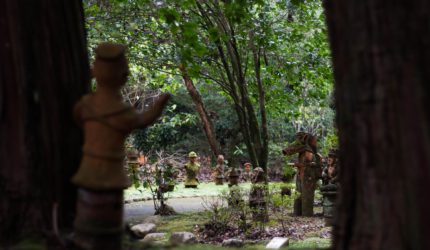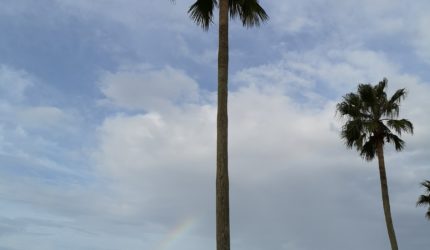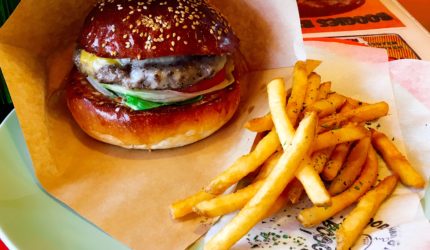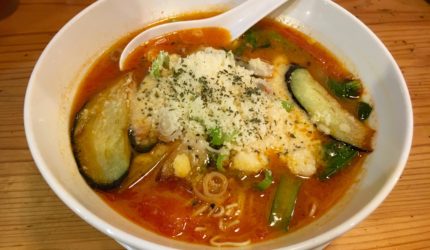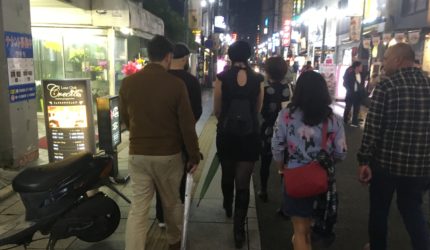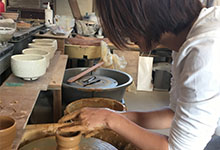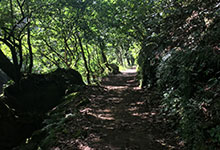If you are a lover of Japanese food and gourmet cuisine, then you at least must have heard about Wagyu of Kobe beef. But what exactly is the difference between the two? And as if it’s not already complicated enough, once you come to Miyazaki everybody won’t stop talking about Miyazaki-gyu. After a discussion with our team at En Miyazaki, I decided to do some research and shed some light on the whole gyu-confusion and resolve the matter of who has the best beef in the world!
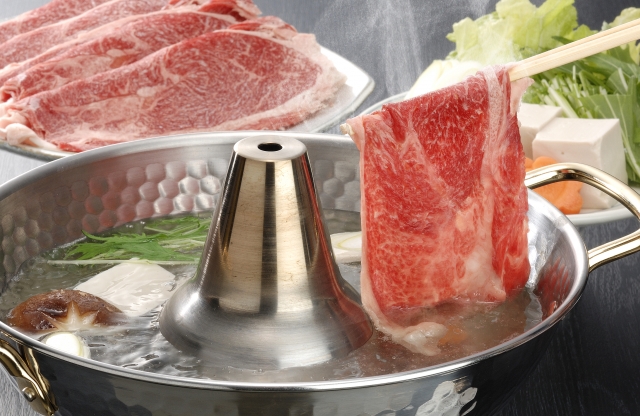
First of all, there seems to be a huge confusion between Wagyu and Kobe-gyu and a lot of people use the terms interchangeably. This, however, is not right. Wagyu is composed of the characters of wa (和) which stands for all things Japanese, and gyu (牛), wich translates to cow or beef. It therefore is a term used for Japanese beef. However, not just any Japanese beef qualifies as a Wagyu. There are only four breeds qualified to be sold as Wagyu: Japanese Black, Japanese Brown, Japanese Poll and Japanese Shorthorn. The highest ranking Wagyu has to be born and raised in Japan. Wagyu is well-known for its intense marbling (the meat is veined with filigree fatty filaments), giving it its characteristic tenderness and unique flavour. Additionally it is lower in cholesterol and higher in monounsaturated fats, omega-3 and -6 fatty acids compared to ordinary beef.
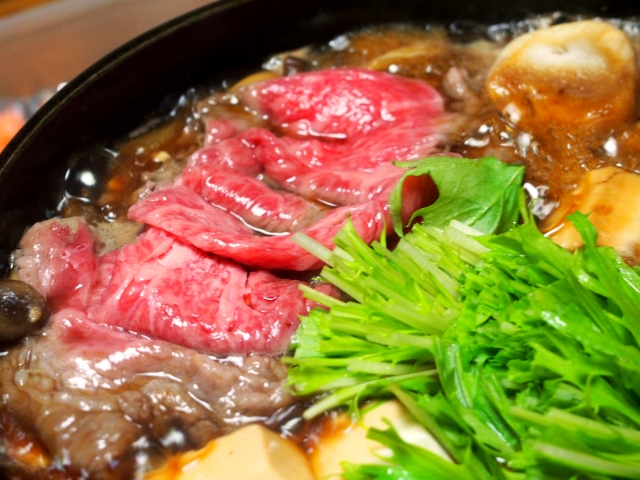
The most famous Wagyu is Kobe-gyu. Kobe-gyu uses Tajima-gyu, a type of Japanese Black Breed. Furthermore, following standards must be met to qualify as a Kobe-gyu:
1. Must be of pure Tajima-gyu lineage, aged between 28-60 as well as born, raised and slaughtered in the Hyogo Prefecture of Japan (Kobe is the main city of Hyogo, hence the name Kobe-gyu)
2. Certified as having a yield score of A or B.
3. Japanese Meat Grading Association quality score of 4 or 5.
4. BMS score of 6 or higher on the Tajima-Gyu marble grading scale of 1-12.
5. Has the “Japanese Chrysanthemum” seal officially certifying it as Kobe Beef.
6. Gross weight of beef from one animal is 470 kg or less.
Bullock (steer or castrated bull)
Source: http://www.buedelmeatup.com/2012/12/04/the-difference-between-kobe-and-wagyu-beef/
Japan takes these requirements very seriously and goes as far as taking nose prints of every cow born (pretty much the same as fingerprints for humans) and assigning a 10 digit-code to every individual that must be presented to clients and buyers if you want to sell it as Kobe-gyu.
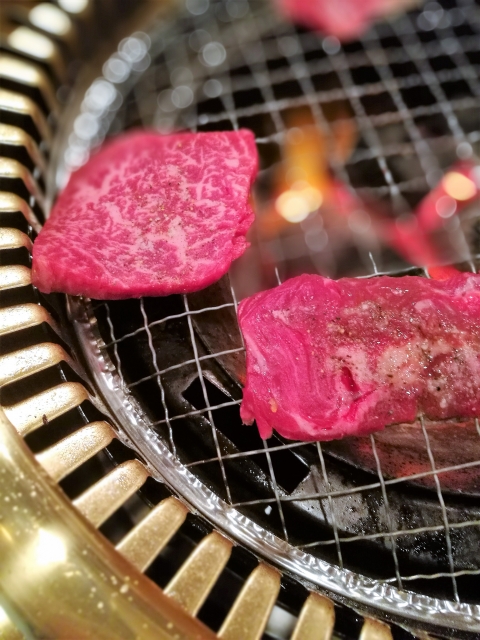
So, while every Kobe-gyu is Wagyu, not every Wagyu is automatically Kobe-gyu.
To complicate things further, once you come to Miyazaki, everyone tells you that not Kobe-gyu, but Miyazaki-gyu is the world’s best Wagyu. Confusing, right? Let me explain: All five years, national “Wagyu Olympics” are being held to determine Japan’s, and therefore the world’s, best Wagyu. In September 2017, the Miyazaki-gyu was ranked 1st. for the third time in a consecutive row, this being a first in Japanese history and therefore rightfully enabled to use the title “Best Wagyu in the World”. Similarly to Kobe-gyu, strict standards apply to the branding of Miyazaki-gyu.
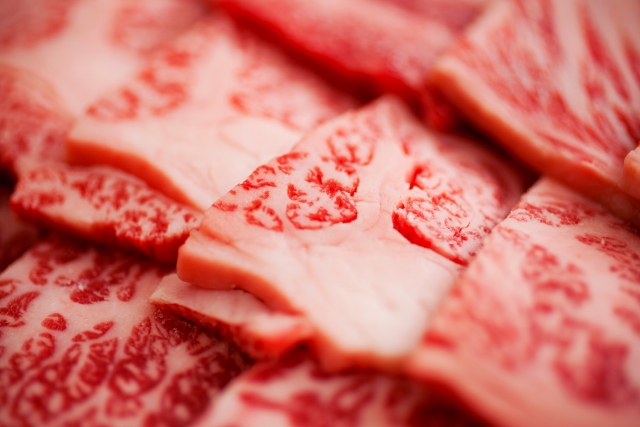
To sum it up, Wagyu is the umbrella term used for the highest quality of four breeds of Japanese beef. Kobe-gyu and Miyazaki-gyu are both Wagyu that use strict guidelines for their branding. Both are using Japanese Black Breed. While Kobe-gyu might be more famous, Miyazaki-gyu has won the first place at the Wagyu-Olympics three consecutive times, therefore rightfully able to proclaim itself as the best Wagyu in the world.
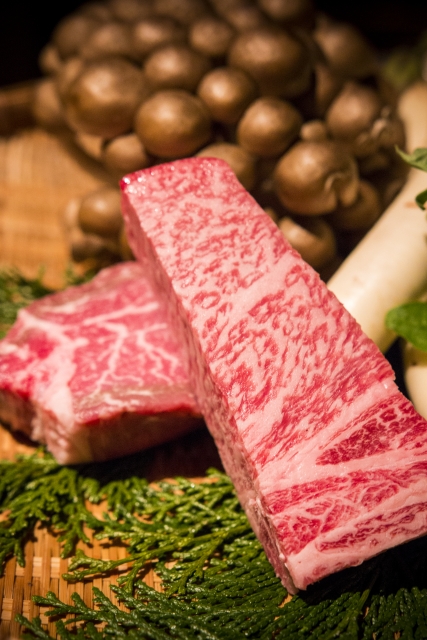
So, while you are here in Miyazaki, why not try the world’s finest beef where it has been bred? It won’t get any fresher than this! We have found a local website (http://www.miyazakigyu.jp/en/restaurant/) listing all the restaurants in Miyazaki prefecture where you can eat Miyazaki-gyu. Bon Appétit!


